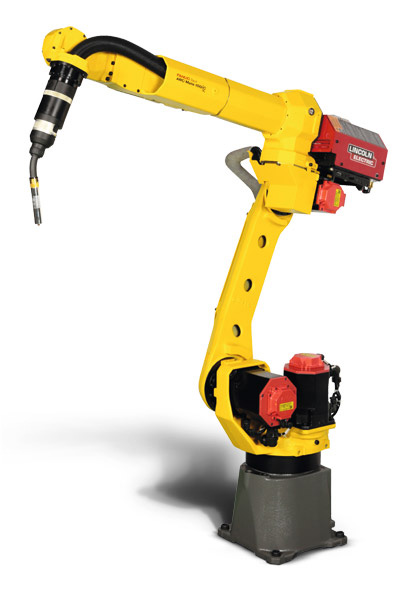Scrap Value of Robots
Contact Matt at 440-724-6568 or email mm@robotsdoneright.com to discuss selling your robots.
Industrial robots are prominent assets amongst manufacturing industries. They provide a wide range of benefits including increased productivity, higher product quality, reduced costs, and improved worker safety. Robots are one of the few investments that will pay for themselves over time and allow users to realize their ROI relatively quickly. The rapid growth of articulated robots has caused a high demand for used robots in the second-hand market. With growing demand for pre-owned robots, manufacturers are able to capitalize from them even when they may no longer need them or want them. However, even when robots are no longer operational, they still hold scrap value.
Scrap value is defined as the worth of the individual components of an asset that is no longer considered functional. Individual components are considered valuable if they can be put to use elsewhere. These components may be used as is or need to be refurbished in order to be operational. The scrap value of a component is dependent on the supply and demand for the item. Scrap value is also referred to as salvage value, residual value, or break-up value and is estimated by factoring the initial purchase price of the asset and its depreciation.
Industrial robots that are no longer operational, irreparable, missing parts, or at the end of their lifespan still hold scrap value that users can capitalize from. Individual robot parts such as servo motors, cables, power supplies, CPUs, control boards, and reducers can be scrapped from factory robots and sold on the second-hand market or to a robotic equipment supplier such as Robots Done Right. With robots having an extremely long lifespan many older models are still in operation, causing a high demand for used parts for users to have on-hand as spares or for repairs. The FANUC Arcmate 100ic and the ABB 4400 are two older robot models whose parts are highly valuable.
In addition to the individual parts that can be scrapped, other robotic components hold value as well. Robotic controllers and teach pendants are items that are commonly sold individually on the used parts market and are in high demand. It is common for older robot users to need a replacement pendant or controller and new ones are not compatible with older robots, driving up their demand. Not only do the components of robots hold scrap value, but the metal exterior of robots also does. Most industrial robots are built from steel or iron, which can be valuable metals to many scrap recyclers. In addition, integrated items such as robotic vision systems and force sensors could be valuable as well. many used FANUC robots for sale still have their end effector from their previous application, which could have some value too. Welding robots like the FANUC Arcmate 120ic might be integrated with a welding power source that holds value as well.
The scrap value of an industrial robot can be pretty significant when you consider all of the individual components that may be broken down and sold. The scrap value of a robot can free up capital to go towards the purchase of a new robot or robotic system, making it cost-effective. For instance, scrapping parts from a FANUC S-430iw will make upgrading to a FANUC R2000ib more affordable. Even if you are not in the market for upgrading your robot, but still have a robot that is no longer operational, breaking down its parts will allow you to gain some additional capital instead of letting the robot sit and take up unnecessary space.




